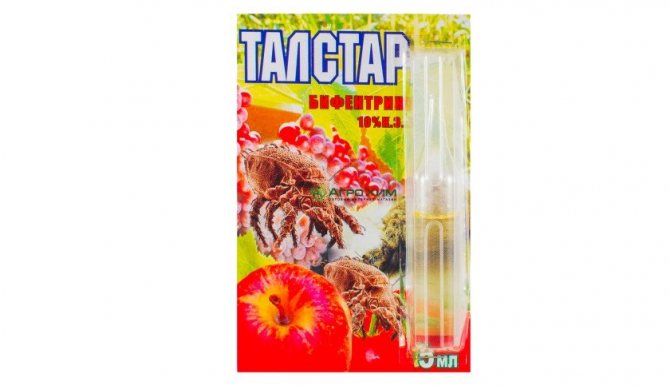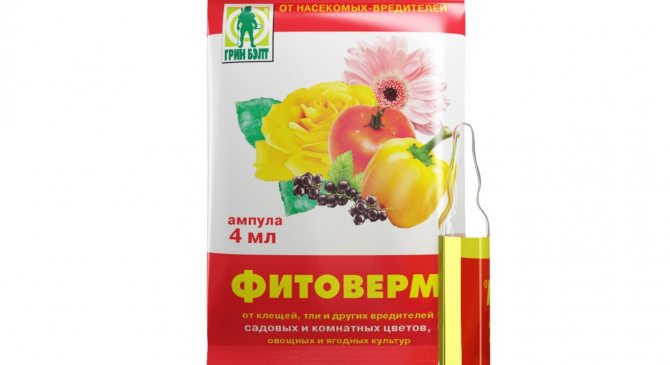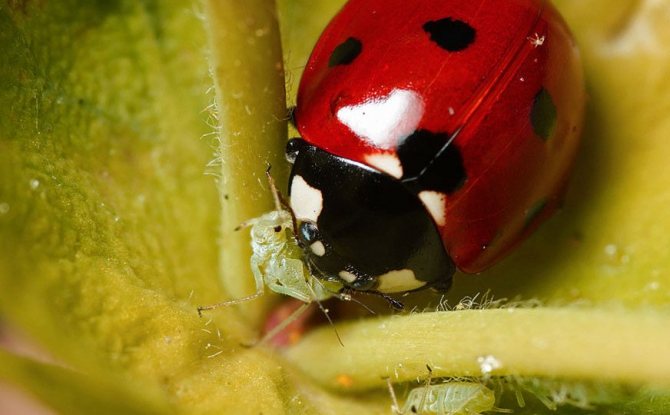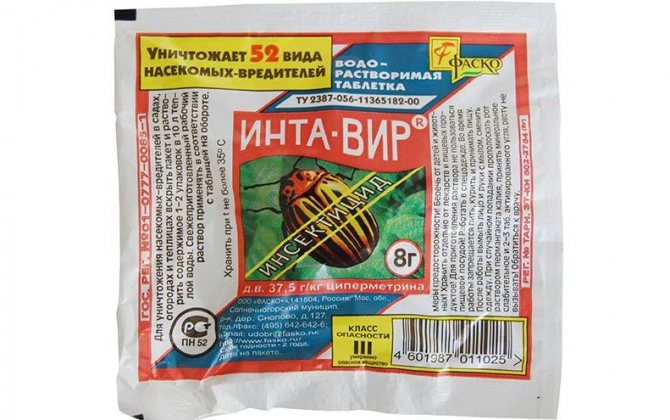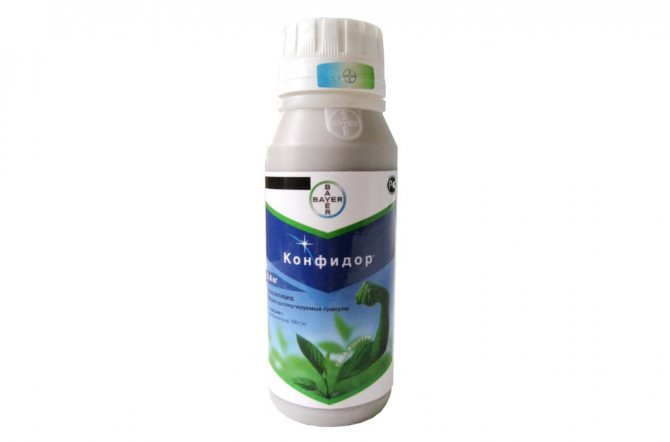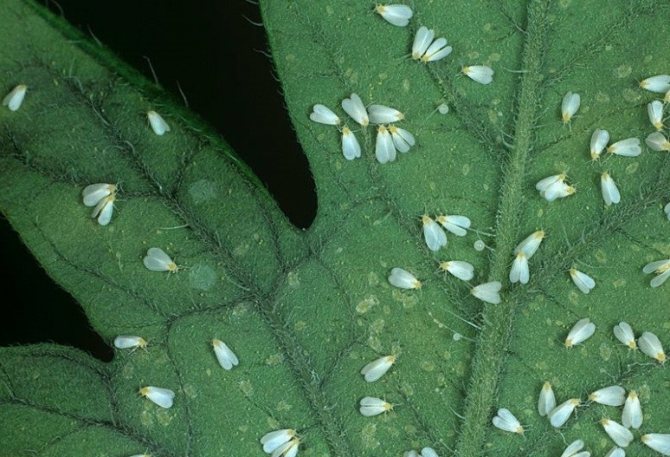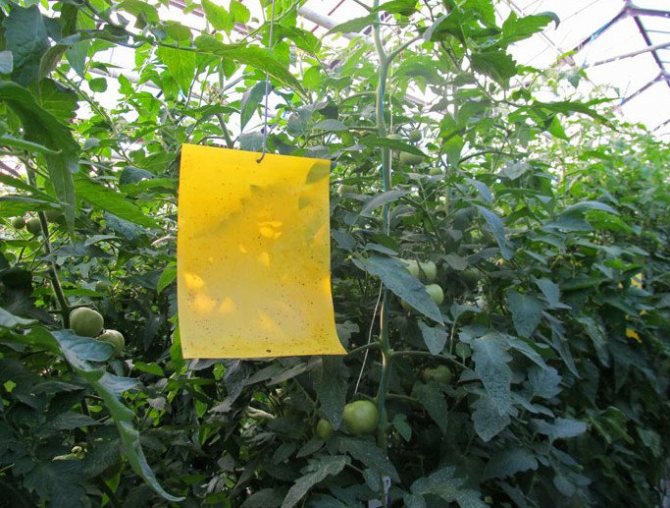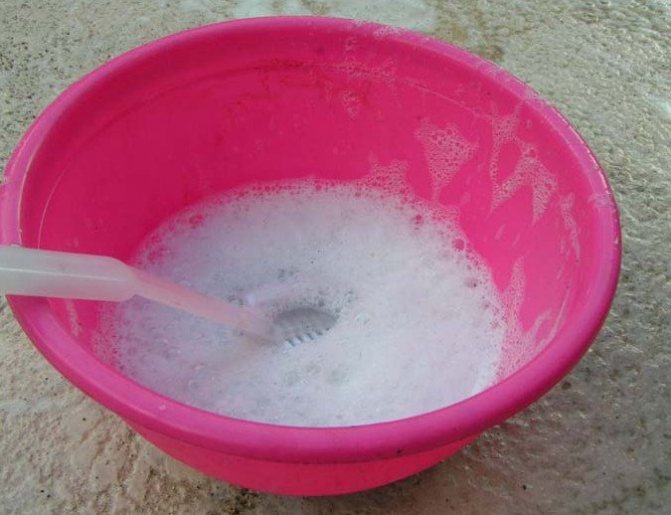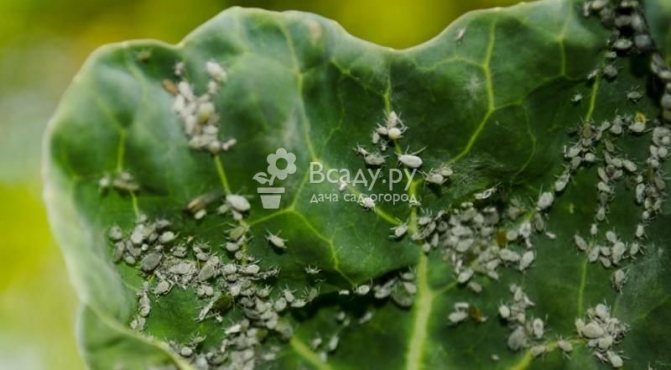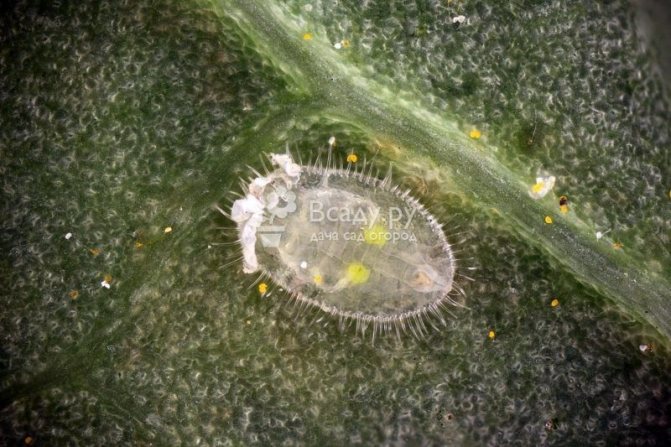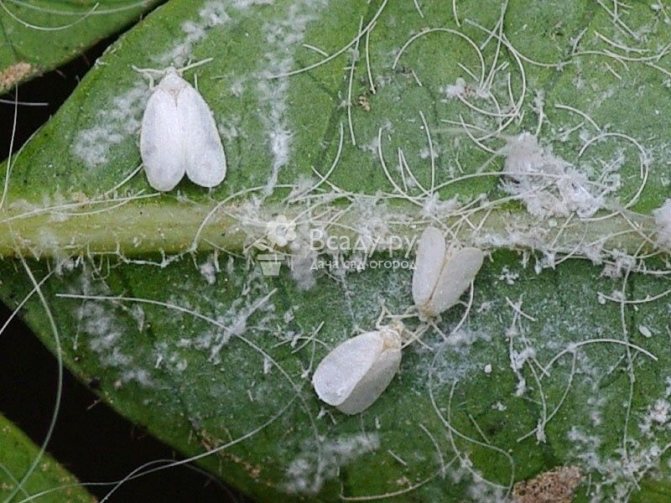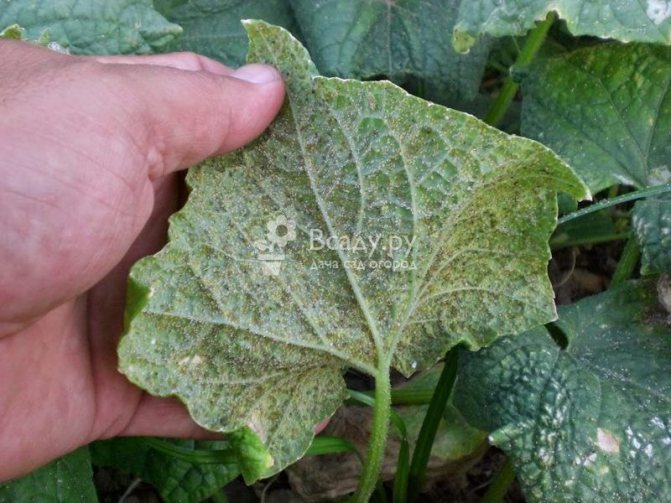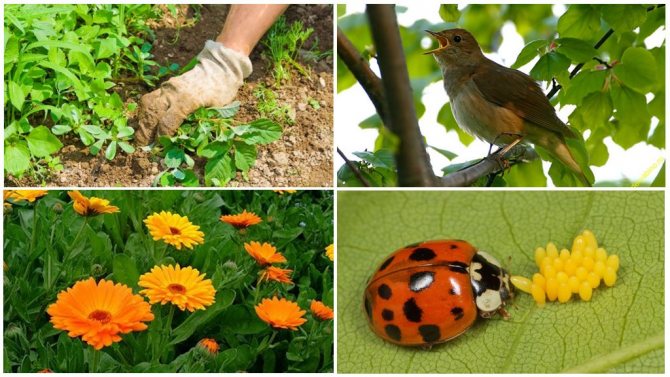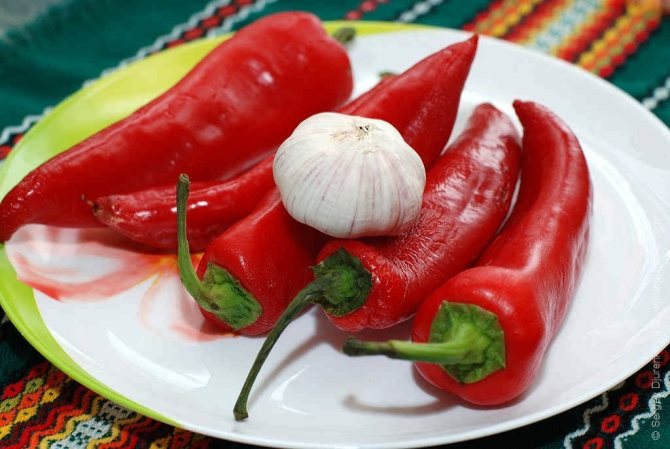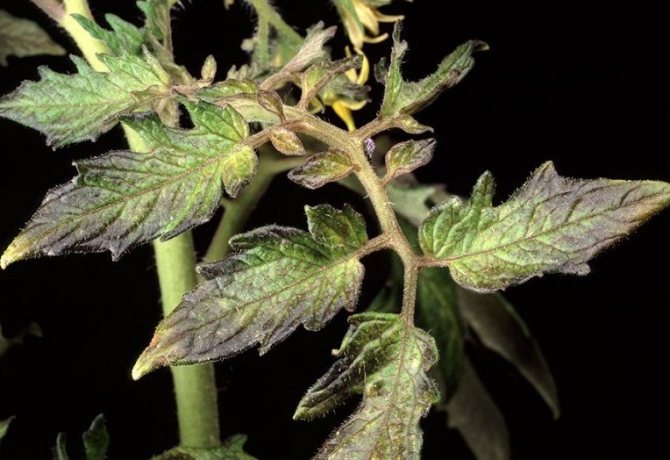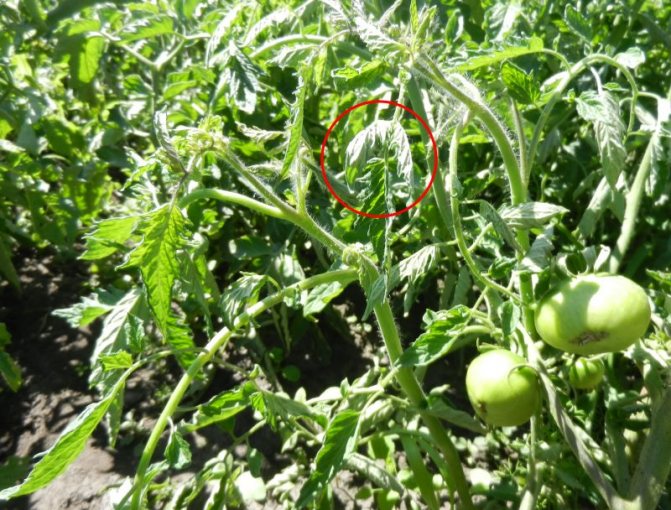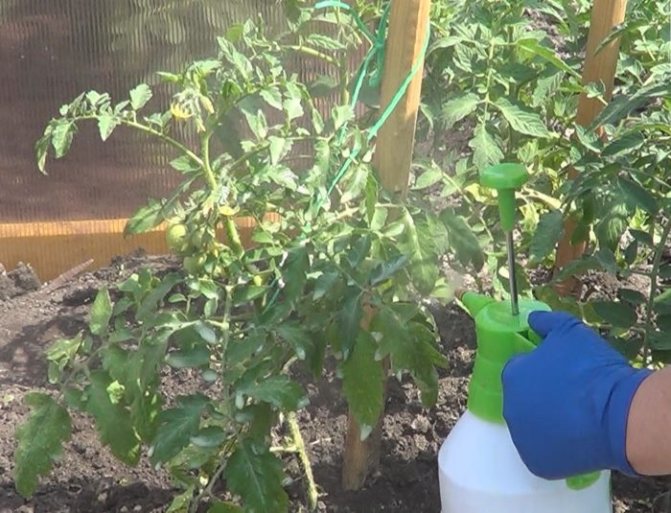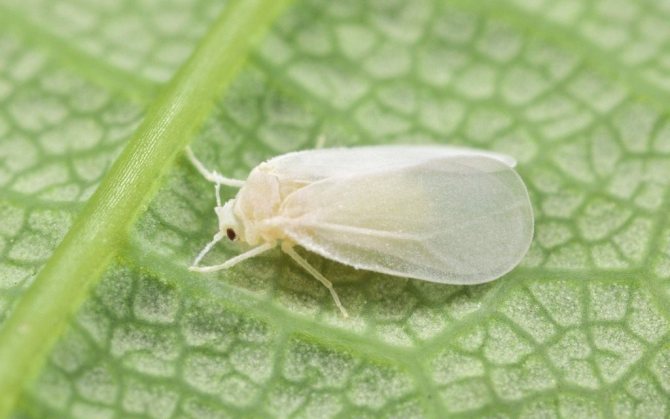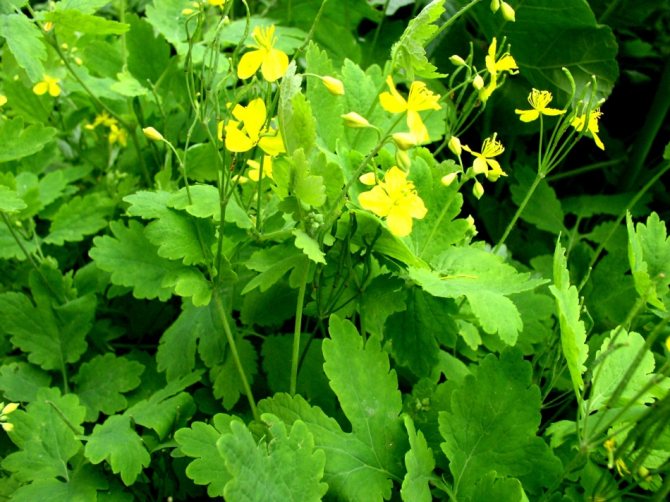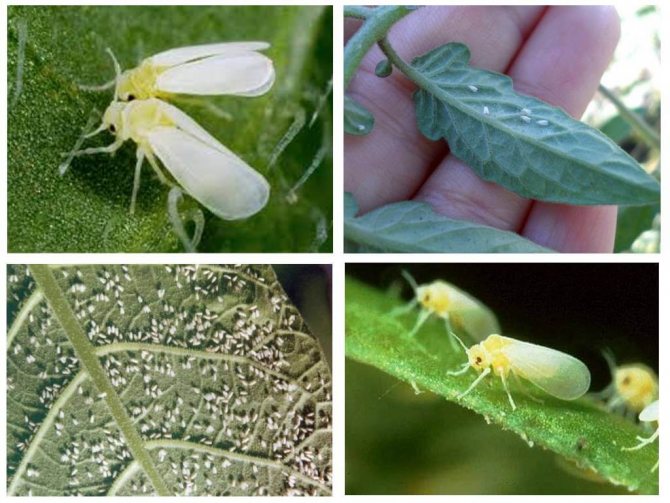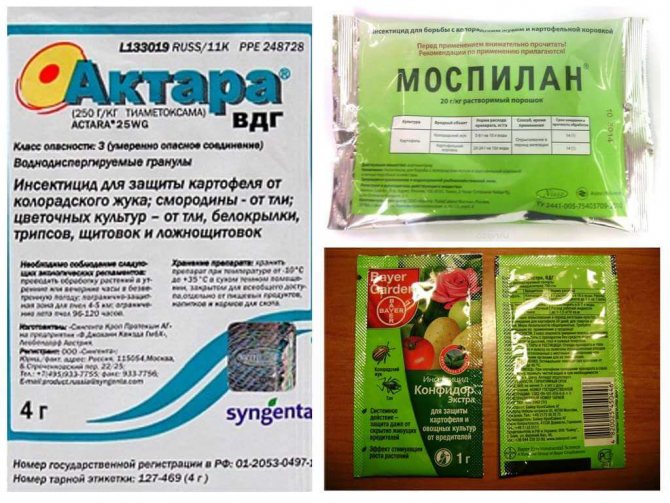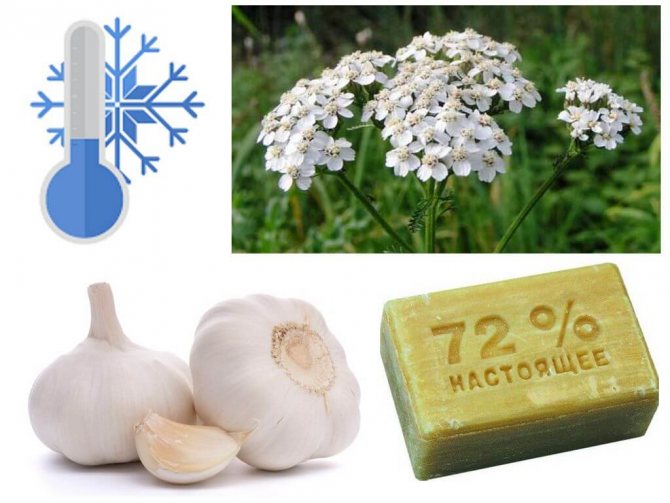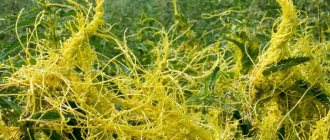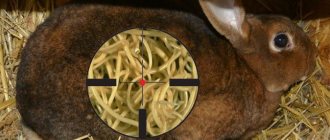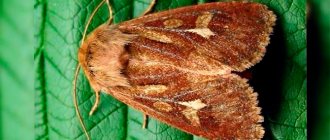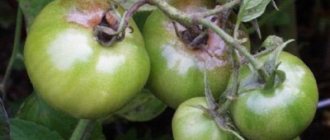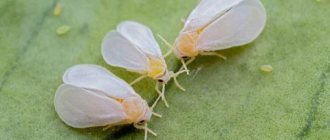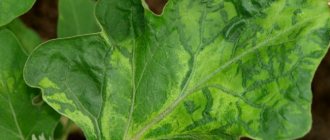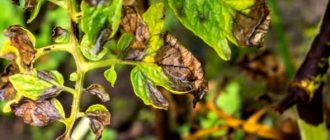»Vegetable» Tomatoes »Fighting whitefly on tomatoes in a greenhouse
0
333
Article rating
Whitefly is a small white insect, 3-4 mm in size, resembles aphids in appearance, multiplies very quickly and settles in colonies on the lower part of the leaves. Whitefly often appears on tomatoes. If this happens, you need to start to deal with it immediately, because it sucks the juice out of the plant, causing it to die.
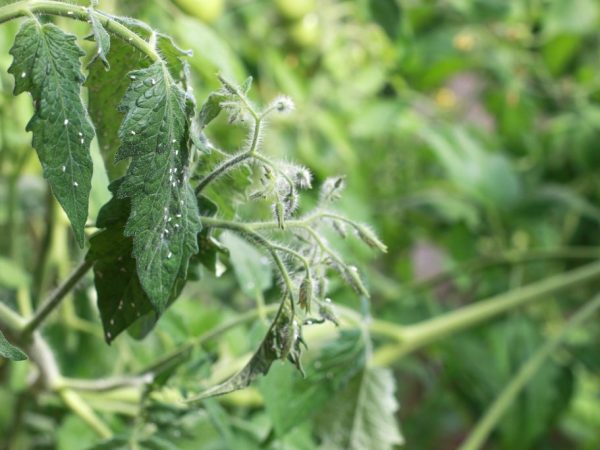
Fighting whitefly on tomatoes in a greenhouse
What is a whitefly
Whiteflies, or aleurodids, belong to the family of small, equal-winged insects. There are about 1550 species of whitefly.
The danger for planting tomatoes is the greenhouse or greenhouse whitefly.
The pest is ubiquitous. Infection occurs from imported plants, less often as a result of independent flights.
For the development of the insect, a warm, humid climate is necessary, therefore, the whitefly appears mainly in greenhouses and greenhouses. Under favorable weather conditions, the moth in temperate latitudes reads from mid-June. Whitefly retains constant activity only in the southern regions.
Biological features
From laying eggs to the appearance of mature whiteflies, it takes from 22 (at + 24 ºС) to 60 (at +12 ºС) days... The most favorable temperature for the pest is +18 - +24 ºС. At + 30 ° C, the life span of moths is sharply reduced, sometimes up to four days. The lower limit for the development of embryos, larvae and nymphs is +7 ºС.
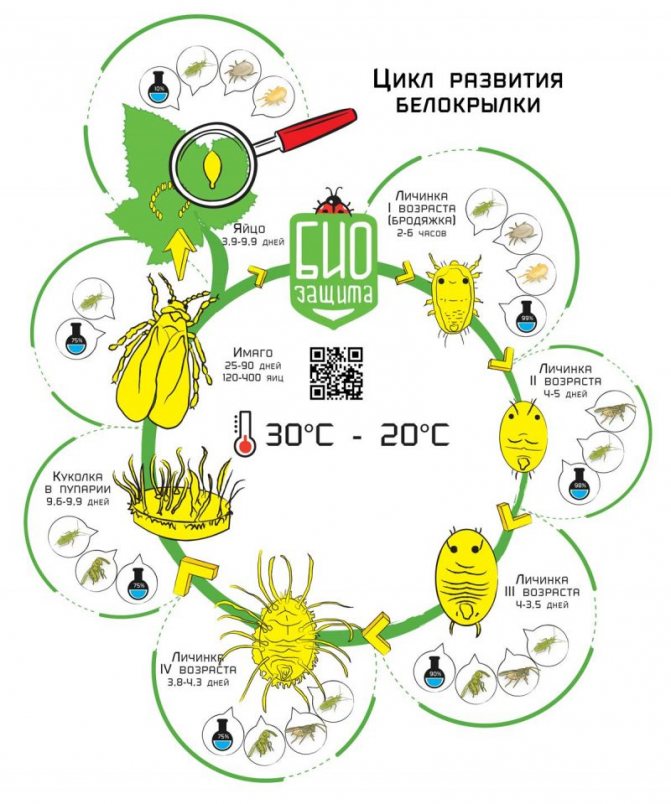

The life span and fertility of moths also depend on the fodder plant. When settling on tomatoes, the laying period is 15-17 days and the female manages to lay 35-40 eggs. On average, the number of the insect population increases 10 times per generation.
Whitefly life is divided into 4 stages: egg, larva, nymph, mature individual (imago).
A description of each of them is given in the table.
| Stage | Where to looking for | Description | Duration |
| Egg | The underside of young leaves | Masonry can be crowded and scattered. Egg size 0.2-0.25 mm, attached to the surface of the leaf with a thin stem. Initially pale green in color. After 1-2 days it turns brown until the end of the embryo's development. | 7 - 13 days |
| Larva | Bottom side of the sheet | Immediately after hatching from the egg, the size of the larva is about 0.25 mm, the body is transparent, like a scale. She is mobile for several hours. Then it is attached to the sheet with the oral apparatus and starts feeding. In the process of vital activity, it releases a wax-like substance that creates a dense barrier. As it grows, the body length increases to 0.8-0.9 mm. At the end of development, it ceases to feed, the body thickens, the larva turns into a nymph. | 7 - 15 days |
| Nymph | The back of the leaves | About 0.8-0.9 mm long, whitish in color. Wavy bristles are located along the edges. At the end of the development period, a fully formed moth flies out through the formed stomata. | 10 - 16 days |
| Imago | After transformation from nymphs, they remain on the same leaves, then settle up the plant | The body is white or yellowish, 1.3-1.8 mm long. The wings are white, covered with a dusty coating.Females begin to mate and lay eggs 12-20 hours after emergence from the nymph. | Up to 20 days for females, 8 - 12 days for males. |
Whitefly generations overlap, so that the same plant contains insects of all stages of development: from embryos to adults.
White midge - what is she
The miner fly or whitefly, as this parasite is called, often settles on tomatoes, starting active reproduction. Not having time to appear, she immediately lays many eggs, from which small larvae are born.
The source of vital activity for them is the juice of stems and leaves, as well as roots, which insects extract, while destroying the plant itself. Having such "guests" on itself, the seedlings begin to lose their vitality, and their productivity gradually fades away.
How to detect
It is very easy to find out that small white midges have appeared on tomatoes. First of all, you can see small butterflies circling, as well as the larvae that it lays. If you touch the tomatoes on which the midges breed, you can see that the insects will fly in different directions. In addition, plants affected by whiteflies have the following characteristics:
- the leaves look dry and curled and often develop a white coating that turns black over time;
- inside the fruit may turn out to be white;
- the stem and other green parts of the plant may suddenly turn yellow, as if they are lacking moisture;
- tomatoes ripen unevenly.
If you find these signs on your plants, you need to immediately save the tomatoes to prevent them from dying.
Why is whitefly on tomatoes dangerous?
Both adults and whitefly larvae harm tomato plants.
Feeding on plant juices, the insect damages green cells. Waste products completely or partially cover the stomata of the leaf plates. The processes of photosynthesis and respiration are disrupted. Growth, flowering and formation of ovaries are slowed down.
On the sugary secretions of pests, a sooty fungus successfully develops, which manifests itself in the form of a dark bloom on the tops and fruits. The mycelium clogs the microscopic airways in tomato foliage and interferes with photosynthesis.
Whitefly is a carrier of viral diseases. The appearance of an insect is often accompanied by outbreaks of tomato mosaic, aspermia (there are no seeds in the fruits), etc.
Potential damage
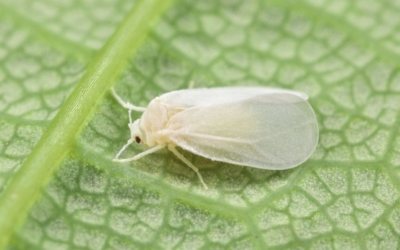

Whitefly is a carrier of dangerous and incurable viral diseases.
In the future, the plant may suffer from chlorosis, curliness, jaundice, which will cause deformation of tomato seedlings and fruits.
Large invasions of this pest lead to the death of seedlings and crops.
The appeared whitefly on tomato seedlings is a big disappointment for the gardener, a signal to find ways and start fighting the pest. By itself, the insect will not disappear and, having finished with the tomatoes, will settle on other plants.
Signs of pest infestation


The presence of whitefly on tomato bushes gives out the following signs:
- White moths flutter over the beds. If you shake the plants, a swarm of insects will appear.
- On the back of the leaves, small transparent scales are visible - the larvae of the pest.
- White, sticky to the touch spots appear on the tops - whitefly discharge.
- Leaves curl, turn yellow and fall off. The growth and formation of fruits slows down dramatically.
- Dark brown spots on foliage and fruits signal the development of a sooty fungus.
The moth is small, but the harm is considerable
Fighting such a white and fluffy-looking enemy that seriously harms tomatoes can be competently and effectively by studying its life cycle. Whitefly is a small insect, from one and a half to three millimeters in length, its white wings are covered with a fine powdery coating.On the leaves of plants, whiteflies are located on the lower side, and therefore they may not be immediately noticed. However, traces of their activity will be clearly visible when the colony grows and begins to spread.
One individual can lay up to 250 eggs. Caterpillars secrete a waxy enzyme that adheres them to the surface. The larvae feed by sucking the juice from the tomato leaf, which is why it gradually withers and dries up. On closer examination of the back of the still green and healthy-looking leaf, only small gray formations, similar to grains of sand, can be discerned. But more damage is done to parts of the plant that are located below the insect settlement.
All the results of the life activity of whiteflies fall on the lower leaves, forming at first a shiny sticky bloom. The feces of these moths contain spores of sooty fungi that grow into the leaf tissue. The infected part of the plant first acquires a whitish bloom, and then turns black. If there are a lot of insects, nothing can help planting tomatoes. You just have to think about the neighboring plants and save them by destroying the tomato plantation. In order not to have to do this, you need to carefully and regularly examine the tomato bushes.


Control methods
The methods of dealing with whitefly on tomatoes in the greenhouse and in the open field are similar. Only in a greenhouse it is easier to regulate the microclimate: regular ventilation will help to reduce the temperature and humidity.
To remove the whitefly, gardeners use insecticides and biological agents. Popular recipes are also popular.
Biological methods
Biological methods are to populate tomato plantings with natural enemies of the whitefly. The most famous entomophages are encarsia and macrolophus.
The use of such "biological weapons" does not harm humans, plants, or beneficial insects.
Encarsia
A representative of the vast family of wasp wasps. An adult lays eggs in the body of whitefly larvae. The hatched microscopic encarsias feed on the tissues of the host's body, and then pupate in it. Whitefly larvae thus turn black and mummify.
The adult encarsia feeds on the hemolymph of the whitefly larvae and nymphs, destroying up to 15 pests during its life (20–40 days).
To control the number of pests, five individuals per 1 m2 are sufficient.
Cages with encarzia pupae are hung around the greenhouse. In about a day, sexually mature entomophages fly out and they begin to destroy the whitefly.
Macrolophus
This predatory bug feeds on pest larvae and eggs.
The lifespan of an adult insect is 25-30 days. During this time, the bug eats up to 2500 whitefly larvae and 3500 eggs. Also, the presence of macrolophus helps to remove aphids. For the destruction and containment of the growth of the number of pests, 4-6 individuals per 1 m2 are required.
Live predators are sold in special bottles with a nutrient substrate. They are released evenly over the entire planting area.
Important! Entomophages are released in the evening and calm weather. It is necessary to populate living organisms on the beds no later than 18 hours after purchase.
For the development of encarsia and macrolofus, temperatures of 25-27 ºС and humidity of about 70% are favorable, therefore they are used mainly in greenhouses.
The effect of the activity of beneficial predators appears gradually. Biological methods are best used as a preventive measure or in the initial stages of whitefly infection.
Chemicals
Pesticides are effective in combating whitefly, subject to two simple rules:
With a single treatment, as a rule, only larvae and adults die - the eggs remain viable. Therefore, after 7-10 days, re-spraying is carried out.
Insects quickly adapt and develop resistance to "chemistry".To avoid this, the drugs are used only in the doses indicated by the instructions and do not use the same remedy during the season.
On a note... In case of significant damage to destroy the newly hatched whitefly larvae, it is useful to release entomophages a week or a half after treatment with chemical preparations.
Examples of popular powerful whitefly medications include:
- Fitoverm - 5% water emulsion of aversectin C. It has a nerve-paralytic effect, the death of pests occurs within 1-3 days after treatment. Does not cause resistance, is safe for humans. Spraying is carried out 2-3 times during the growing season with an interval of 14-20 days. The crop can be harvested 3 days after processing.
- «Actellic»On the basis of pirimiphos-methyl - produced in the form of an emulsion concentrate, packaged in ampoules of 2 and 5 ml. It causes paralysis and almost immediate death of pests. Dangerous for humans and bees. Apply no more than two times per season. The waiting period before harvesting the fruit is at least 30 days after the last treatment.
- «Aktara»- contains thiamethoxam. In 15 minutes after treatment, the insects stop feeding and die within 24 hours. It goes on sale in the form of water-dispersible granules and a concentrated suspension. Low hazard to humans. Dangerous for bees. Used for root watering and for spraying plants. It is applied once. It is recommended to harvest the crop no earlier than three days after the application of the drug.
Important! When working with chemicals, strictly follow the instructions and observe safety measures.
Folk recipes
For preventive purposes and with a small number of pests, experienced vegetable growers recommend treating tomatoes with folk remedies.
Popular whitefly tinctures:
- Garlic... 15 g of chopped garlic cloves are poured into 100 ml of water and insisted for 5 days. For spraying, 5-6 ml of the resulting concentrate is diluted in 1 liter of water.
- Of yarrow... 200 g of chopped herbs are poured into 3 liters of boiling water and insisted for 2 hours. Filter and spray tomato bushes.
- Tobacco... 100 g of tobacco or makhorka is infused in 1 liter of water for two days, the beds are filtered and processed.
When spraying, the leaves are well moistened on both sides. Infusions should be applied every 3-4 days during the entire growing season.
To combat moths, special traps are effective. They are easy to make yourself. Grease a sheet of bright cardboard (for example, red or yellow) with honey or petroleum jelly and place on the garden bed. The butterflies will flock to the bright bait, stick to the paper and die.
Folk recipes
Summer residents often use traditional methods and means of fighting whitefly on tomatoes to counter the whitefly:
- Greenhouse disinfection. To disinfect the greenhouse, lime and other compounds are used in early spring or late autumn. Disinfection should be carried out with inventory and fixtures.
- Freezing the greenhouse in winter. For such purposes, with severe frosts, windows and doors in the greenhouse are opened. Snow is removed without fail. In the process of freezing the soil, insect eggs die, which could overwinter in the soil. This method is suitable for frosty winters.
- At night, pests fly into the light. Therefore, in the greenhouse, either an old lantern with kerosene is placed next to it, or an electrical network is supplied for an ordinary incandescent lamp. A blowtorch is placed near the entrance to the greenhouse, and most of the pests die.
Preventive actions
To protect against the appearance of a whitefly, the following measures are effective:
- Cleaning the beds from all plant residues.
- Autumn and pre-planting preparation of greenhouses: cleaning of all garters and equipment, washing structures and disinfecting the premises with insecticides.
- Freeze greenhouses until snow falls.
- Inspection of seedlings. Instances showing signs of infection are immediately disposed of.
- Regular ventilation of greenhouses.
- Planting no more than two tomato bushes per 1 m2 for tall varieties and no more than four for medium-sized ones.
- Compliance with the regime of watering and feeding plants.
Prevention of the appearance
These actions will help prevent the appearance of the whitefly, which means you do not have to resort to the use of chemicals and other time-consuming methods.
Preventive measures:
- To avoid buying soil infected with pest larvae, purchase soil only from reputable sellers.
- Do not plant plants close to each other.
- Ventilate greenhouses and premises.
- To cultivate the soil with the introduction of ash into it.
- Use fortifying drugs.
- In autumn and spring, disinfect the greenhouse.
Whitefly is a dangerous pest, but you can fight it using several means at once. It is also important to follow and implement preventive measures that will reduce the risk of pest infestation.
Seedling protection
The appearance of midges on seedlings is especially dangerous. Fragile plants can die even from a small number of insects. If the seedlings are grown on a windowsill, you need to use protective equipment carefully.
Wood ash as fertilizer
It is best to sprinkle abundantly the soil around the plants with wood ash for prevention. You can also dig a crushed clove of garlic into each pot. For a long time, this method of protection will not be enough, once every two weeks you will have to remove the old tooth and put in a new one.
Once a week, you can water the potted soil with a mixture of lemon juice and water. At the same time, it is a good idea to spray the seedlings with this liquid using a spray bottle. For good adhesion of the liquid, you can add a little grated laundry or liquid soap to the water.
These simple tips will help you preserve your plants and get a bountiful harvest. The main rule is to carefully examine the plants at the slightest alarming symptoms and fight pests immediately after they are detected.
Absolute sterility when sowing tomatoes or, for example, the same peppers, is simply not possible. At the same time, midge eggs hidden in a box with seedlings can belong to completely different types of insects.
If you have black midges up to 4 mm in size, then these are most likely leaf, soil or mushroom mosquitoes. By themselves, they do not pose a threat, but white worms (larvae), only emerging from their masonry, can damage the root system.
More harm is caused by the appearance of whiteflies, similar to white midges, over the seedlings. Insects are up to 2-3 mm long, more like moths, since they have 4 wings. If black midges are dangerous only because they reproduce damaging the roots of larvae, then whiteflies feed on the juice of future vegetable crops at all stages of life, weakening their immunity.
Against the background of black and white midges, springtails swarming in the ground, which are also called podura, smintura or collembola (differ in size: up to 1 mm), are almost not scary for seedlings. With the exception of some species, for example, vegetable smintur (Bourletiela arvalis and green smintur (Sminthurus viridis), they are especially harmful to vegetable seedlings in greenhouses.

